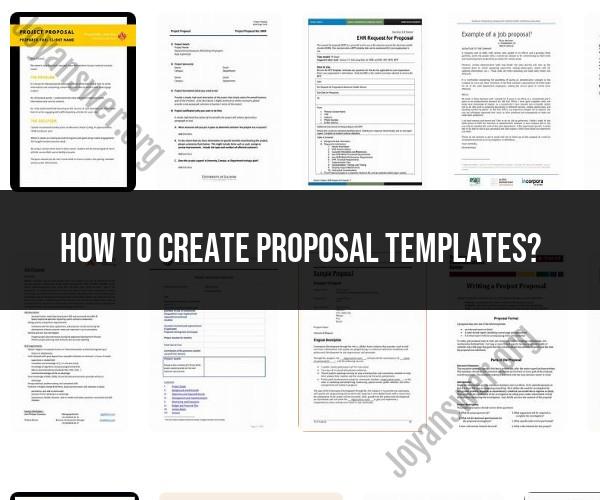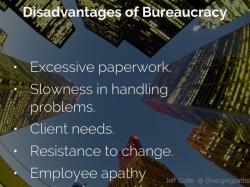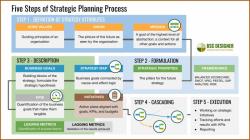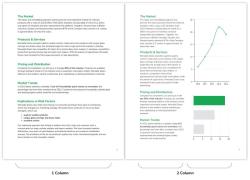How to create proposal templates?
Creating effective proposal templates involves careful planning and attention to detail. Here are some guidelines and best practices to help you design proposal templates:
Define Your Purpose:
- Determine the specific purpose of your proposal template. What kind of proposals will it be used for? Knowing the purpose will help you structure the template accordingly.
Start with a Cover Page:
- Begin your proposal template with a professional and eye-catching cover page. Include your company's logo, the proposal title, the client's name, and the date.
Table of Contents:
- If your proposal is lengthy or includes multiple sections, consider adding a table of contents to help the reader navigate the document.
Executive Summary:
- Include an executive summary at the beginning of the proposal. This section should provide a concise overview of the proposal's main points, including the problem, solution, benefits, and cost.
Introduction:
- Provide an introduction that sets the stage for the proposal. Explain the context, the issue or opportunity, and why your proposal is relevant.
Proposal Body:
- Organize the main content of the proposal into clear and structured sections. Use headings and subheadings to break down the information logically. Include details about your solution, methodology, timeline, and any relevant case studies or examples.
Visual Elements:
- Incorporate visuals, such as charts, graphs, images, and tables, to make the proposal more engaging and to illustrate key points.
Client-Centric Approach:
- Tailor the proposal template to address the specific needs and concerns of the client. Show that you understand their challenges and are proposing a solution that meets their requirements.
Clear Language:
- Use clear and concise language in your proposal. Avoid jargon or technical terms that the client may not understand.
Proofread and Edit:
- Carefully proofread and edit the proposal to ensure it is free of spelling and grammar errors. A well-written proposal conveys professionalism.
Call to Action:
- Include a clear call to action at the end of the proposal, specifying what you want the client to do next, whether it's scheduling a meeting, signing a contract, or providing feedback.
Formatting Consistency:
- Maintain a consistent and professional formatting style throughout the proposal template. Use a consistent font, font size, and color scheme.
Branding:
- Ensure that the proposal template reflects your company's branding, including logo, colors, and fonts. This helps create a cohesive and memorable impression.
Version Control:
- If you frequently update and reuse proposal templates, implement a version control system to keep track of changes and revisions.
Legal and Compliance Considerations:
- Be aware of any legal or compliance requirements relevant to your industry or client. Ensure that your proposals adhere to these regulations.
Feedback and Improvement:
- Periodically gather feedback from your team and clients to improve your proposal templates. Incorporate suggestions and lessons learned into future templates.
Training and Guidelines:
- Train your team on how to use the proposal template effectively. Provide guidelines on how to customize and personalize proposals for each client.
By following these guidelines and best practices, you can create professional, effective, and visually appealing proposal templates that can be customized for various clients and projects. Remember that a well-designed proposal template can make a positive impression and improve your chances of winning contracts and business opportunities.
Crafting Effective Proposal Templates: A Step-by-Step Guide
To craft effective proposal templates, you should:
- Identify your audience and goals. Who are you writing the proposal for? What do you want to achieve with your proposal? Once you have a good understanding of your audience and goals, you can start to tailor your template accordingly.
- Research the specific needs of your audience. What are their pain points? What are they looking for in a solution? The more you know about your audience, the better equipped you will be to write a proposal that meets their needs.
- Develop a strong value proposition. What makes your solution the best choice for your audience? Why should they choose you over your competitors? Your value proposition should be clear, concise, and persuasive.
- Outline your proposal. Once you have a good understanding of your audience, goals, and value proposition, you can start to outline your proposal. This will help you to stay organized and ensure that you cover all of the important points.
- Write clear and concise content. When writing your proposal, be sure to use clear and concise language. Avoid using jargon or technical terms that your audience may not understand.
- Proofread carefully. Before you submit your proposal, be sure to proofread it carefully for any errors in grammar or spelling. You may also want to ask a colleague or friend to proofread it for you.
The Art of Proposal Templates: Creating Winning Proposals
To create winning proposals, you should:
- Focus on the customer. Your proposal should be all about the customer and how your solution will meet their needs. Avoid using too much jargon or technical language that the customer may not understand.
- Be specific. Don't just say that your solution is the best. Be specific about the benefits that it will offer the customer. Use data and case studies to support your claims.
- Be clear and concise. Avoid using too much text or too many images. Your proposal should be easy to read and understand.
- Tailor your proposal to your audience. Make sure that your proposal is relevant to the specific customer that you are targeting. Address their specific needs and pain points.
- Proofread carefully. Before you submit your proposal, be sure to proofread it carefully for any errors in grammar or spelling. You may also want to ask a colleague or friend to proofread it for you.
Proposal Writing Simplified: Developing Templates for Success
To develop templates for success, you should:
- Identify the common elements of your proposals. What are the key points that you always include in your proposals? Once you have identified these common elements, you can start to develop templates for them.
- Create a flexible template that can be adapted to different audiences and needs. Your template should be flexible enough that you can easily adapt it to different situations.
- Use your templates as a starting point, not a finish line. Your templates should be used as a starting point for writing your proposals. Don't just fill in the blanks and submit your proposal. Take the time to customize your proposal to the specific customer that you are targeting.
- Review and update your templates regularly. As you gain more experience writing proposals, you should review and update your templates regularly. This will help you to improve the quality of your proposals over time.
By following these tips, you can craft effective proposal templates that will help you to win more business.













